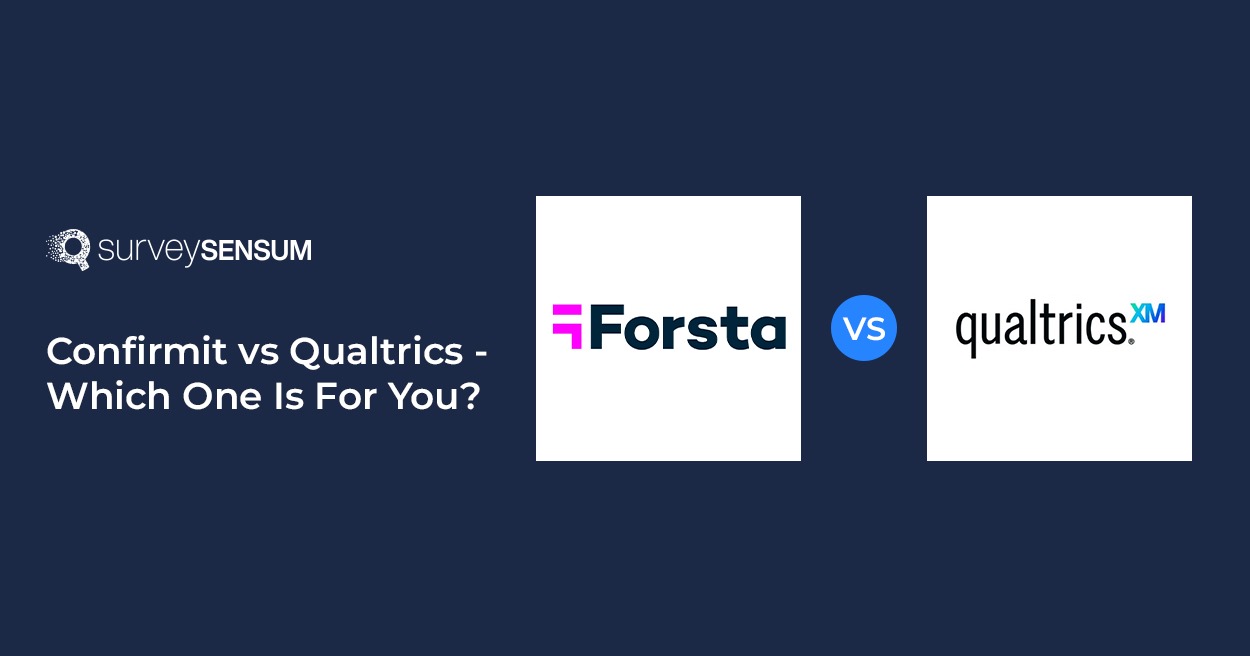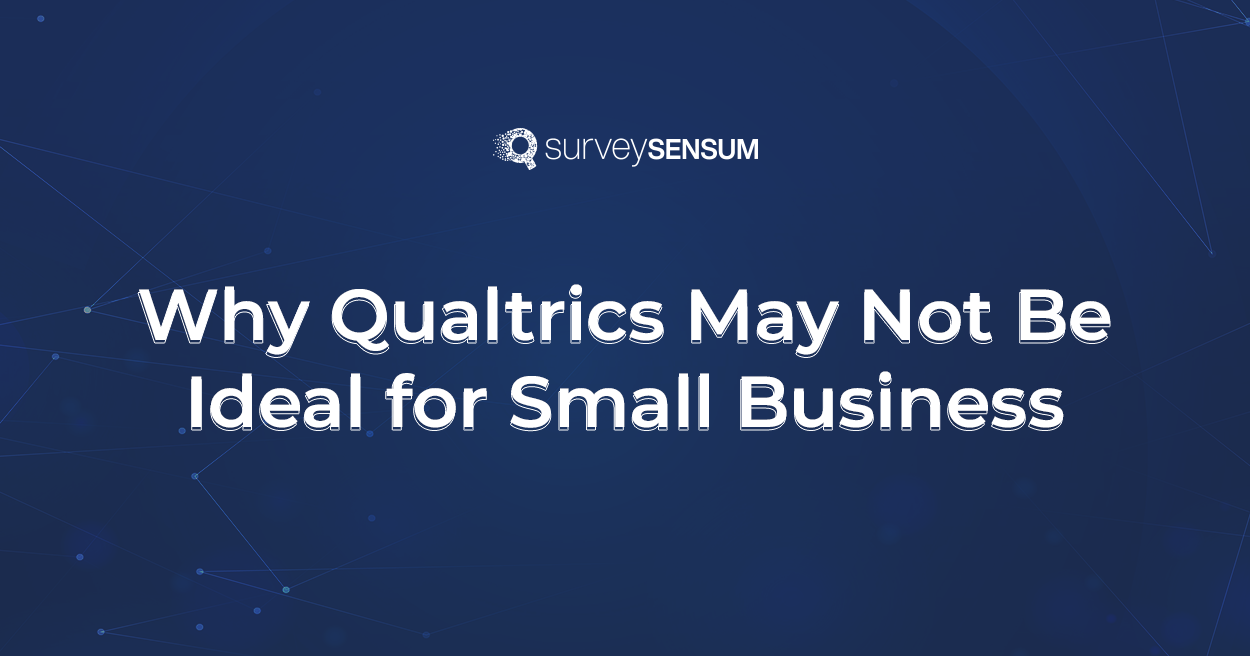

In the rapidly evolving business environment, traditional project management methodologies are increasingly facing challenges. The complexity of projects, the fast pace of change, and the need for cross-functional collaboration have highlighted the limitations of outdated approaches.
In response to these project management challenges, innovative team collaboration tools have emerged as a game-changer, enabling teams to communicate and coordinate their efforts more effectively. These tools not only streamline project workflows but also enhance transparency and accountability among team members, fostering a culture of collaboration and efficiency.
This article delves into the transformative potential of innovative collaboration tools that enhance efficiency, creativity, and adaptability in project management. We will explore 4 tools, from sophisticated project management software that integrates task assignments, timelines, and resource allocation, to dynamic communication platforms that facilitate real-time discussions and idea sharing. These tools are designed to bridge the gap between different team members, ensuring that everyone is on the same page and can contribute to the project’s success with their unique skills and perspectives.
Navigating the Shift with Innovative Tools: A Deeper Dive

The Importance of Innovative Collaboration
In the modern workplace, the fusion of innovative collaboration techniques is transforming the way teams interact, solve problems, and achieve their goals. This transformation emphasizes the dismantling of traditional silos, promoting a culture of openness and dynamic teamwork. Here’s how the adoption of cutting-edge collaboration tools is making a significant impact:
- Breakdown of Silos and Improved Communication Across Teams: According to a report by Salesforce, 86% of executives, employees, and educators consider ineffective communication to be a major cause of failures in the workplace, highlighting the critical role of collaboration tools in facilitating effective communication. The integration of innovative collaboration tools dismantles organizational silos, fostering an environment where information flows freely. This transparency is crucial for synchronized efforts and aligning objectives across departments.
- Enhanced Creativity and Problem-Solving Through Diverse Perspectives: By bringing together diverse skill sets and perspectives, collaborative tools encourage creative problem-solving. This diversity sparks innovation, driving solutions that are both inclusive and effective.
- Increased Agility and Ability to Adapt to Changing Needs: The fast-paced nature of today’s market demands agility. Collaboration platforms and project management tools enable teams to quickly pivot and adapt to changes, ensuring that projects remain on track and objectives are met efficiently.
- Integrating Customer Experience/Feedback: Innovative collaboration also opens avenues for integrating customer feedback directly into the project lifecycle, including metrics like the Net Promoter Score, which gauges customer loyalty and satisfaction. Real-time insights and customer-driven adjustments, bolstered by NPS feedback, enhance the relevance and success of project outcomes. For seamless project management, exploring these Fireflies competitors to enhance your team’s collaboration and efficiency.
Gather real-time customer feedback with SurveySensum!
4 Tools for Seamless Project Management
1. Slack – Communication Hub for Teams

Slack stands out as a centralized platform for team communication and collaboration. Its key features include organized channels, direct messaging, and integration with numerous productivity tools, enabling a seamless exchange of information and resources. Slack’s real-world application in companies like Airbnb demonstrates its effectiveness in coordinating large, cross-functional teams, ensuring that everyone is aligned and informed. For those looking for a Slack alternates, there are several other platforms that offer similar features, catering to various team sizes and needs.
2. Asana – Project and Task Management

Asana offers a comprehensive solution for project and task management, facilitating clear task assignments, client deadlines, and progress tracking. Its benefits include enhanced visibility into project timelines and responsibilities, fostering accountability, and streamlined workflow. A notable example is its adoption by Uber, where it has been instrumental in managing complex projects across global teams. Tools like Asana vs Trello are often compared when selecting the best project management solution for similar needs.
3. ThePayStubs – Payroll Management Simplified

ThePayStubs introduces an innovative approach to payroll management within the collaboration toolkit. It streamlines the generation of accurate paystubs, ensuring compliance and reducing administrative burdens. This tool is particularly beneficial in project environments with freelance or contract workers, providing a seamless solution for financial documentation and management. A bookkeeper can utilize ThePayStubs to efficiently manage payroll processes, illustrating the tool’s adaptability to diverse business needs. Its practical application is evident in various SMEs that leverage ThePayStubs for efficient payroll processing, illustrating the tool’s adaptability to diverse business needs.
4. ProofHub – Streamlined Project Management and Team Collaboration
ProofHub is an all-in-one project management and team collaboration tool used by more than 90000 teams worldwide. Its foremost features include built-in tools for real-time communication, a centralized file repository, task management, time tracking, online proofing, visualized project timelines, and shared team calendars. These features simplify processes and boost efficiency. CU InSpace, the rocket engineering team of Carleton University, has reported a 60-85% improvement in task completion rates after the adoption of ProofHub. They highlighted that ProofHub’s ability to centralize collaboration across their five different teams provided a better way to align everybody’s efforts.
4. Quickbase – Project Management
Quickbase is a powerful low-code platform designed to help businesses manage projects, automate workflows, and build custom applications tailored to their unique needs. Its intuitive drag-and-drop tools and pre-built templates allow users to create applications without any coding expertise, making it a versatile solution for teams of all sizes—including those exploring coding side hustles to develop custom tools efficiently. With its ability to centralize operations, Quickbase enables organizations to streamline processes, track progress in real time, and foster seamless collaboration.
The platform stands out for its flexibility, offering advanced features like workflow automation, customizable dashboards, and data integration with tools such as Salesforce, Slack, and Outlook. Users can easily visualize key metrics through dynamic reporting and dashboards, while role-based permissions ensure secure and efficient collaboration across teams. Although there may be a learning curve for users new to database concepts, Quickbase’s scalability and powerful automation capabilities make it a preferred choice for businesses looking to enhance efficiency and productivity.
Transitioning to Practical Implementation: Strategies for Seamless Project Management
Implementing innovative collaboration within an organization goes beyond merely adopting new tools; it requires a strategic approach to reshape how teams work and interact. Here’s a practical guide on how to effectively put these collaborative strategies into action, ensuring that your team not only adopts new tools but also embraces a culture that fosters innovation and inclusivity.
1. Tips for Selecting the Right Tools for Your Team’s Needs
- Assessing Requirements and Challenges: The first step involves a thorough analysis of your team’s specific needs and the obstacles they face. This might include identifying communication bottlenecks, workflow automation opportunities, or gaps in project management. Understanding these aspects will guide you in selecting tools that directly address your team’s unique situation, such as iPaaS, which can integrate and automate processes across platforms for seamless project management.
- Considering Team Size and Project Nature: The size of your team and the types of projects you undertake play a significant role in tool selection. Larger teams or those managing complex, multi-faceted projects may require more robust solutions with features like task dependencies, advanced reporting, and comprehensive integration capabilities.
- Evaluating Existing Workflow Processes: It’s also important to consider how new tools will fit into or enhance existing workflows. The goal is to choose tools that integrate seamlessly with the way your team already works, rather than forcing significant adjustments to accommodate the tool. For teams leveraging Lean or Six Sigma methodologies, tools that offer customizable templates for Six Sigma can streamline process mapping, root-cause analysis, and workflow design so organizations can consistently apply best practices across projects.
- Future-Proofing with Scalable Solutions: Given Gartner’s prediction about the reliance on work management platforms, selecting tools that can grow with your team and adapt to future needs is crucial. Scalability, customization options, and the ability to integrate with other startup tools are key factors to consider.
2. Strategies for Fostering a Culture of Collaboration Within Your Organization
- Promoting Open Communication: Creating channels for open, transparent communication is foundational to a collaborative culture. This involves more than just regular meetings; it’s about ensuring that team members feel comfortable sharing ideas, challenges, and feedback at any time.
- Celebrating Collective Achievements: Recognition of team accomplishments fosters a sense of unity and shared purpose. Celebrating successes, both big and small, can motivate teams and reinforce the value of collaborative efforts.
- Modeling Collaborative Behavior from Leadership: Leadership plays a critical role in shaping organizational culture. When leaders actively participate in collaborative processes and model the behaviors they wish to see, it sets a standard for the rest of the team. This includes being receptive to feedback, demonstrating inclusivity in decision-making, and actively contributing to team efforts.
3. Integrating Customer Feedback
- Leveraging Feedback Mechanisms: Tools that facilitate the collection and analysis of customer feedback can provide invaluable insights into the effectiveness of your products or services. This might involve using platforms that allow for direct customer surveys, feedback forms, or even social media listening tools to understand customer sentiment.
- Incorporating Insights into Development: With feedback in hand, integrating these insights into your development process ensures that your projects are closely aligned with customer needs and expectations. This might mean prioritizing certain features based on user requests or making adjustments to your roadmap based on customer satisfaction metrics.
- Continuous Improvement: The integration of customer feedback should not be a one-time effort but a continuous cycle of collecting insights, implementing changes, and measuring outcomes. This ongoing process helps ensure that your projects remain relevant and responsive to customer needs.
Conclusion
Innovative team collaboration through the use of specialized tools has become a cornerstone of effective project management in today’s business landscape. From breaking down silos with platforms like Slack to streamlining payroll processes with solutions like ThePayStubs, the right tools can transform the way teams work together. As we navigate this era of rapid change and complexity, fostering a culture of collaboration and leveraging the strengths of diverse tools are imperative for success. We encourage businesses to explore these tools and integrate them into their project management practices, unlocking new levels of efficiency, creativity, and adaptability.















